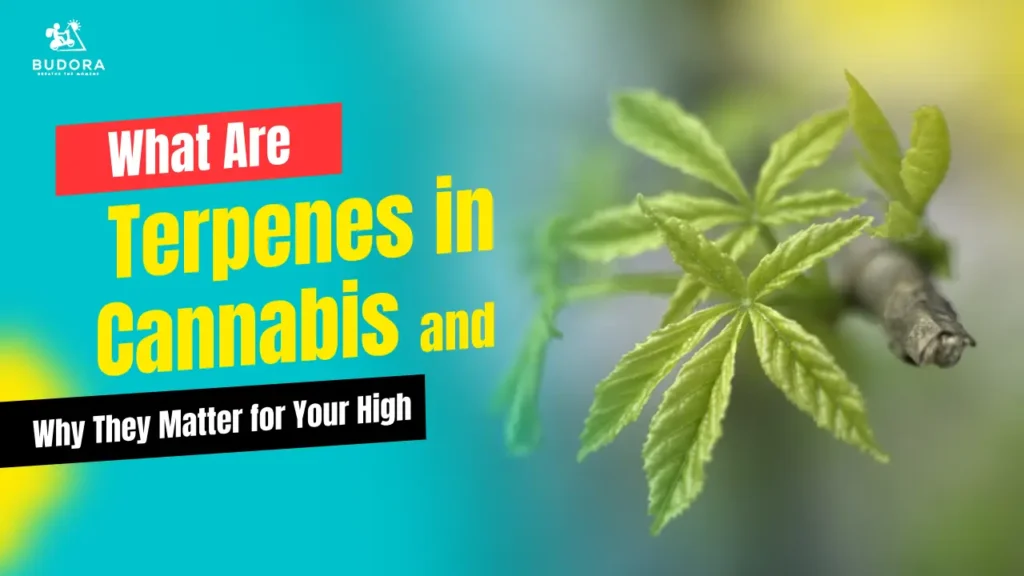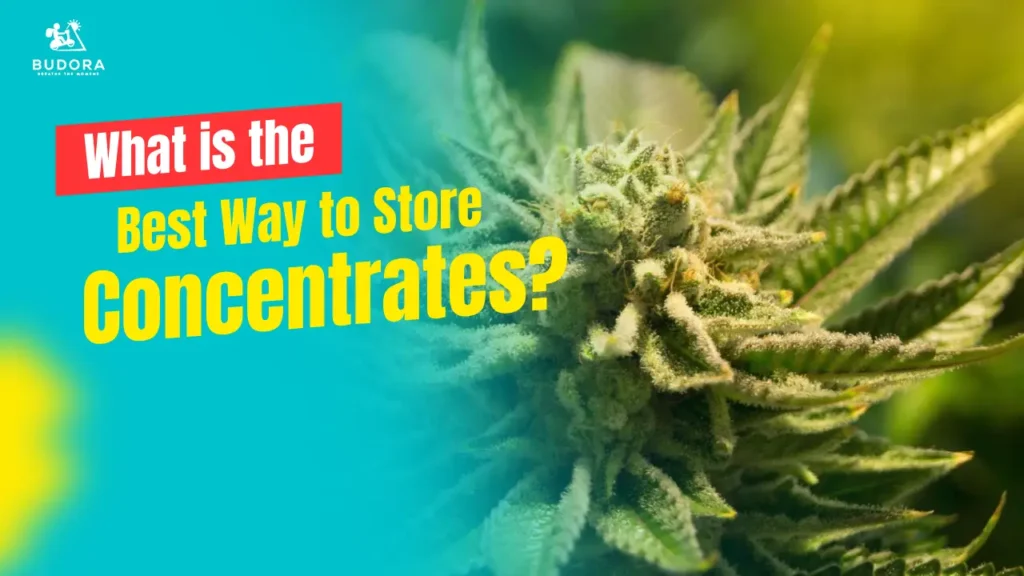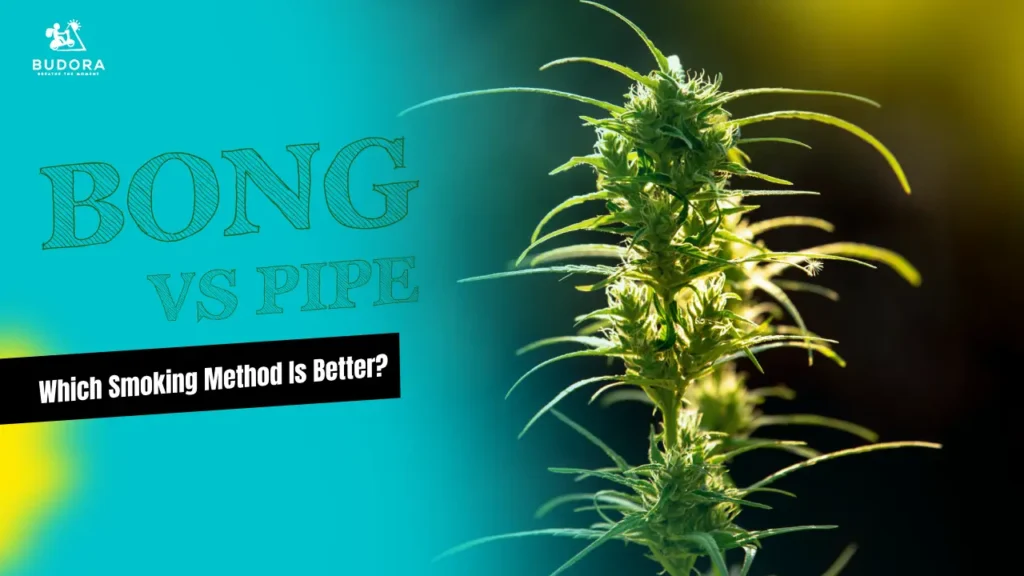Blog
Can I Use Neem Oil on Edible Plants?
- Budora Team
- Edibles WeedBlogs
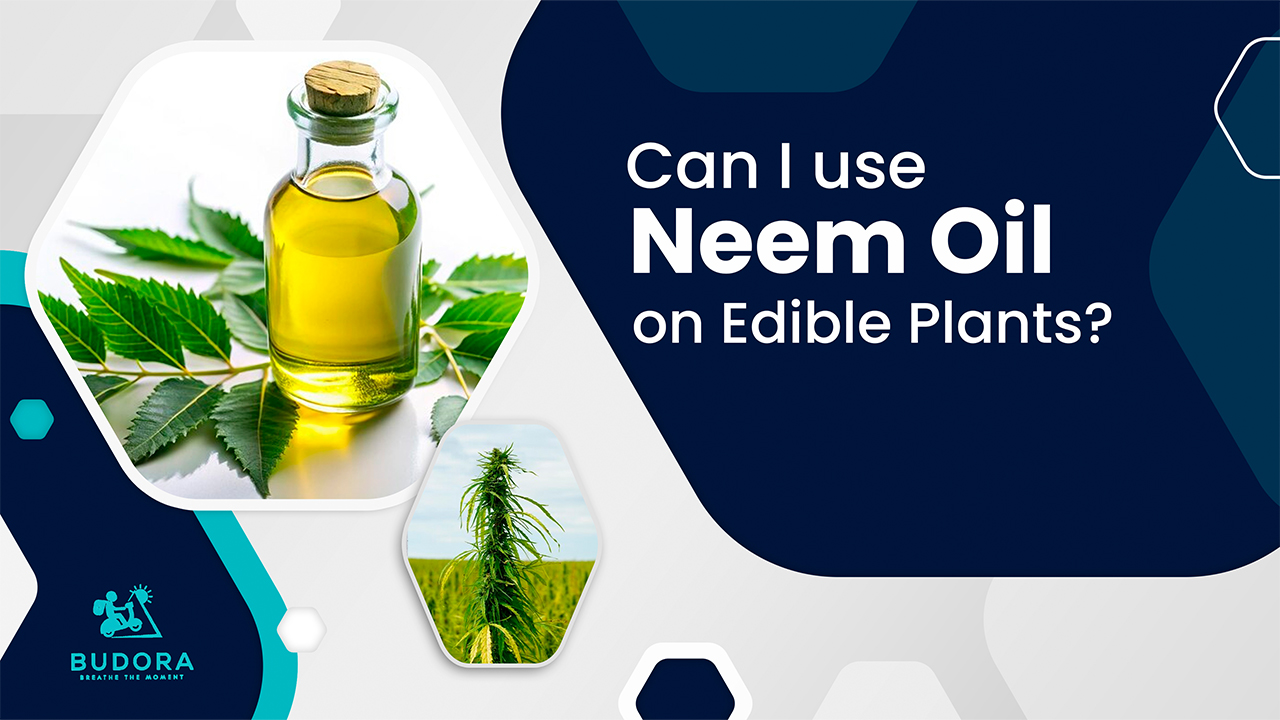
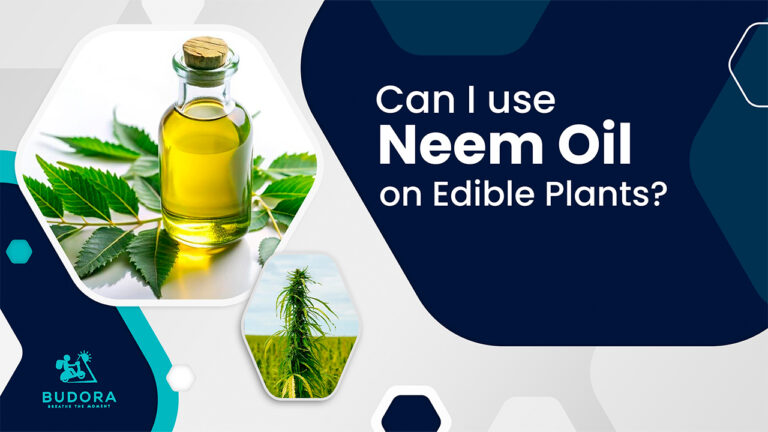
Yes, neem oil can be used on edible plants when applied correctly. It’s a natural, plant-based spray that helps control many garden pests and some fungi. Always mix neem oil exactly as the label says (don’t overdo it), spray in the early morning or late evening to avoid leaf burn, and avoid spraying open flowers so bees stay safe. Wait the recommended harvest interval on the product label (usually at least 24 – 48 hours) before eating anything you sprayed. Follow these simple steps to achieve effective, organic pest control for your herbs, fruits, and vegetables, without the use of harsh chemicals. For growers who also enjoy cultivating cannabis, pairing safe practices with products like Concentrates or Edibles can help ensure your harvest remains both healthy and enjoyable.
Key Highlights
- Neem oil is safe for edible plants when properly diluted and applied during cool hours to avoid damaging beneficial insects.
- Wait at least 24 hours—preferably 5–7 days—after applying neem oil before harvesting and always wash produce thoroughly.
- As a natural, biodegradable pesticide, neem oil effectively controls pests and fungal diseases without harming your organic garden.
What is Neem Oil?
Neem oil is a natural oil extracted from the seeds of the neem tree (Azadirachta indica). It contains azadirachtin, a compound known for its insecticidal and antifungal properties. Neem oil is commonly used to combat pests like aphids, whiteflies, and spider mites, and fungal diseases such as powdery mildew.
Is Neem Oil Safe for Edible Plants?
Yes! Neem oil is considered safe for use on edible plants when applied correctly. Since it is a natural pesticide, it does not contain harmful synthetic chemicals that can linger on produce. However, there are some precautions to follow to ensure its safe usage.
Safety Considerations:
Use Cold-Pressed, Organic Neem Oil
This type retains the beneficial compounds and is safe for edible plants.
Dilution is Key
Always mix neem oil with water and a mild emulsifier (like dish soap) before spraying.
Apply at the Right Time
Spray neem oil in the early morning or late evening to avoid harming beneficial insects like bees. If you’re treating herbs like dill, be sure to read Is Dill Weed and Dill Seed the Same? Explore the Facts to understand how to best grow and use aromatic plants.
Observe a Waiting Period
It is best to wait at least 24 hours after application before harvesting and washing the produce thoroughly before consumption. If you’re also using cannabis edibles or traveling with them, you might find Can You Bring Edibles on a Domestic Flight in Canada? useful for understanding consumption safety beyond the garden.
How to Use Neem Oil on Edible Plants
Prepare the Solution
- One tsp cold-pressed neem oil + 1 quart (4 cups) water + a few drops of mild soap.
- Mix well until fully blended, as oil separates quickly in water.
- Always make a fresh batch before each use for the best results.
Apply Correctly
- Spray in early morning or late evening, coating both leaf surfaces and soil.
- Avoid spraying during heat stress or drought.
- Focus on the undersides of leaves where pests usually hide.
- Shake the spray bottle often to keep the solution evenly mixed.
Repeat Treatment
- Apply every 7–10 days during infestations; reapply after rain.
- Consistent application helps break pest life cycles.
- Use a lighter spray once plants show recovery to prevent overuse.
Pre‑Harvest Precautions
- Wait at least 24 hours, preferably 5–7 days, before harvesting; always wash produce thoroughly.
- Check product labels for specific waiting periods before eating.
- Rinse with clean water after harvest to remove any residue.
Benefits of Neem Oil on Edible Plants
Natural & Non-Toxic
Safe for humans, pets, and beneficial insects when used correctly. It offers an organic alternative to chemical pesticides. This makes it ideal for growing healthy fruits, herbs, and vegetables, especially for those who prefer edibles made from chemical-free plants.
Effective Pest Control
Targets soft-bodied insects without harming plants. It disrupts pests’ feeding and reproductive cycles. Regular use can keep infestations under control naturally, ensuring cleaner harvests for making CBD products and other safe plant-based goods.
Prevents Fungal Infections
Helps combat common plant diseases like mildew and blight. It reduces spore growth on leaves and stems. This protection keeps plants healthier and more productive.
Biodegradable
Breaks down naturally, leaving no harmful residue. It won’t contaminate soil or water sources. This eco-friendly quality makes it safe for long-term garden use.
Safety Precautions
-
Avoid using seedlings, drought-stressed, or heat-stressed plants.
Young or weak plants are more sensitive to neem oil and can suffer damage. Always test on a small area first before applying widely. -
Harmful to beneficial insects if sprayed midday.
Apply early morning or late evening to reduce risk. This timing helps protect pollinators like bees and ladybugs. -
Toxic if ingested in high quantities—especially for infants and children.
Neem oil ingestion can lead to metabolic acidosis and seizures. Always keep neem oil out of children’s reach. Store it in a labeled container away from food or drinks. -
Avoid near aquatic environments.
Neem oil can be harmful to fish and other aquatic life. Use with caution in gardens near ponds, streams, or water tanks.
Final Thoughts
“Can I Use Neem Oil on Edible Plants?” — Absolutely. When used as directed—proper dilution, timing, and safety measures—it’s a powerful, organic, and safe solution to protect your garden. Just wait for the ideal harvest time and wash produce well, and you’ll enjoy clean, pest-free crops.
FAQs
Is neem oil safe for vegetables?
Yes—when diluted and applied correctly, neem oil is safe for vegetables like tomatoes, cucumbers, and herbs like basil and mint.
Is neem oil toxic to humans?
Only if ingested in large quantities. Washing produce removes residues, and external use in gardens is considered safe.
How long after using neem oil can you harvest?
Wait at least 24 hours, but ideally 5–7 days, and always wash produce before eating.
Does neem oil affect taste or texture?
Proper dilution and thorough post-harvest washing ensure no residual taste or texture alterations.
Can I spray during flowering or fruiting?
Yes, it’s effective during all growth stages. Just apply early morning/evening and avoid direct contact on blooms to protect pollinators.
Like this article?

Budora Team
OTHER ARTICLES YOU MAY LIKE

